Editorial: Death on Epic Universal coaster should revive efforts to make rides safer
Published in Op Eds
When you climb aboard a roller coaster, you expect to be a little (or a lot) scared. That’s by design. Theme-park rides like coasters, drop towers and other danger-simulating attractions are meant to give the illusion of extreme peril — being flipped upside down, zooming through piles of twisted metal at freeway speeds, dropping from peaks at near-vertical inclines or held dangling over a hundred feet or more of empty air.
Thrill rides are usually the most popular attractions at any park that features them. Stardust Racers, a dual-track ride at Epic Universe that’s meant to simulate streaking through the sky riding a comet, twisting, turning and dropping, is no exception.
But that simulated danger should never become real. And if something does go wrong — as it did September 17, when Kevin Rodriguez Zavala, 32, died after riding Stardust Racers — visitors and their families deserve to know that the ride met all safety standards and won’t claim more broken limbs or deaths.
Unfortunately, Florida’s regulations are too lax to provide that assurance. Big theme parks — Universal, SeaWorld, Disney — aren’t required to have their rides regularly inspected by experts not on park payroll. Instead, they perform their own inspections and file reports with the state.
And while they are mandated to report deaths and serious injuries to the state, they are only required to submit those reports once every three months, and allowed to include only the sketchiest of details. Injury descriptions are often so vague as to be misleading: One report of a tourist’s injuries on a Volcano Bay water slide noted that he had “numbness.” In reality, court documents reveal the man suffered a severe spinal cord injury that left him face down in the water and unable to move. The lawsuit uncovered more than 100 other reports of injuries on that slide, which has since been modified.
Another visitor to the same park suffered injuries described in the official report to the state merely as “back pain.” In reality, the man had a fractured pelvis and serious injuries to his genitalia.
In Zavala’s case, there are still questions to be answered. His family described him as a roller coaster enthusiast. And despite the fact that he was wheelchair-bound, he’d ridden many other coasters safely. But something went wrong: Witnesses described seeing Zavala’s head repeatedly strike the headrest. He was unconscious when the ride stopped, and an autopsy showed that he died of “multiple blunt impact injuries.” Monday, the attorney for his family blasted the park for re-opening the ride this past weekend, saying he hadn’t been able to complete an inspection.
Ironically, smaller attractions face more stringent inspection and reporting requirements — which is why so many details were available when 14-year-old Tyre Sampson fell to his death from a drop tower at Icon Park on International Drive. Even so, his death proved that more oversight was needed; there were questions about training and safety equipment that led to a $310 million verdict against the company that built the ride and an undisclosed settlement from the ride’s operator.
It’s important to note that accusations of negligence, like those raised in the Icon Park case, are rare. In the absence of evidence, we’re not accusing any of the parks of being lax on safety. Obviously, they have a vested interest in keeping their guests safe from physical peril — or protecting them from the sight of another guest being seriously injured or even killed.
And there’s no guarantee that stronger state oversight would prevent every tragedy. But more oversight would provide a disinterested look at the safety of big, fast and potentially dangerous rides. Another set of eyes might catch details park officials missed.
One key state official may already be on board: Commissioner Wilton Simpson of the Agriculture and Consumer Services Department has argued for tighter laws. At the least, he said, big parks should be required to file detailed reports of any injuries quickly — just as smaller operators are already mandated to do. He also seems to be open to state-overseen inspections by officials in his department.
This legislative session — which starts in January, though committee meetings are already underway — should see legislation filed soon that would tighten safety regulations. This time, lawmakers should act without the lobbyist interference that probably stripped a 2023 law, named after Tyre Sampson, of its teeth. (It barely addressed safety at the area’s big theme parks.) They should also resist requests to make detailed reports secret until the investigation is deemed complete, which could in some cases take years.
Florida’s big theme parks might not like the idea of surrendering some control — especially if state officials decide a popular ride must be temporarily shut down. But it’s the best way to ensure that their visitors make it home safely, and with happy memories.
_____
©2025 Orlando Sentinel. Visit orlandosentinel.com. Distributed by Tribune Content Agency, LLC.
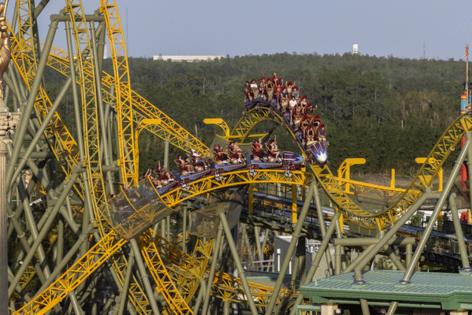


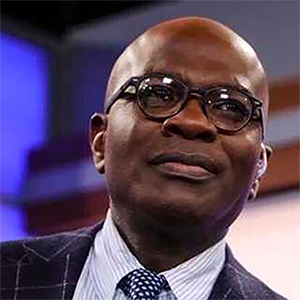



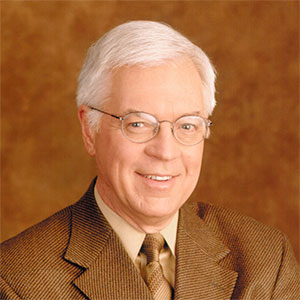
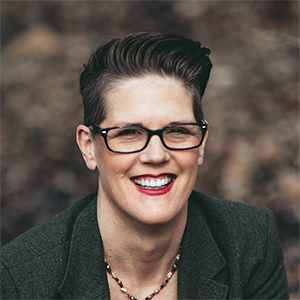


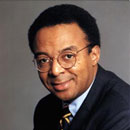











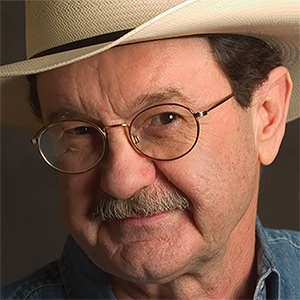

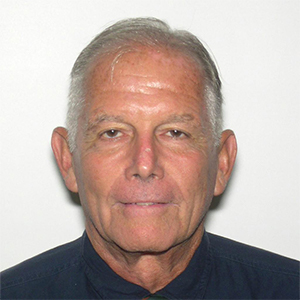
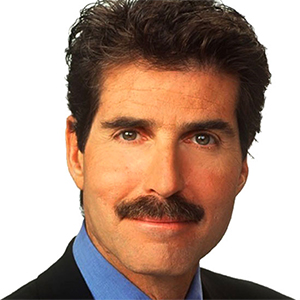
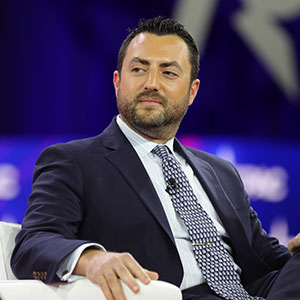
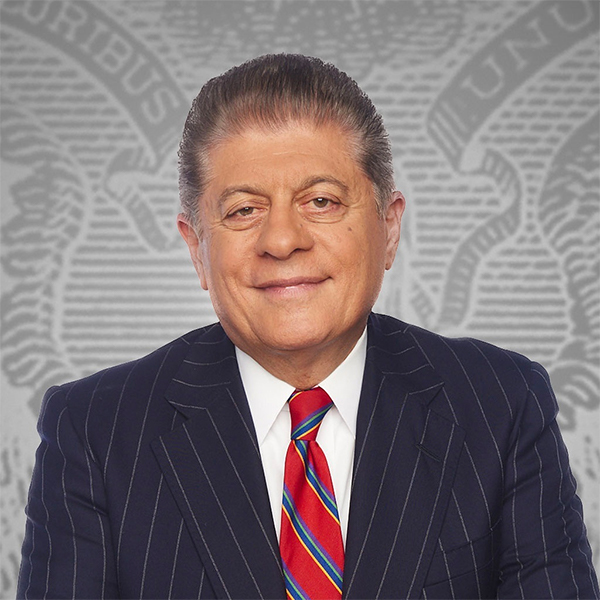







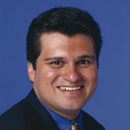







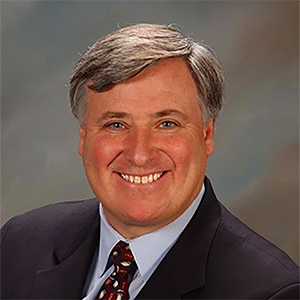




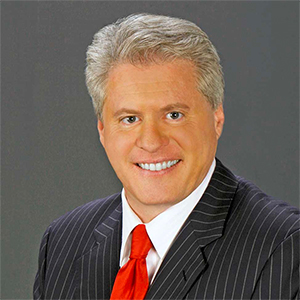
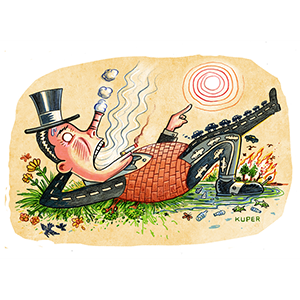

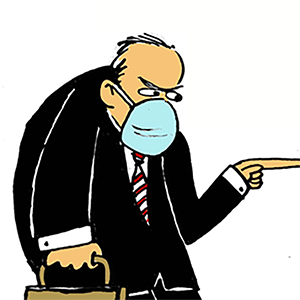

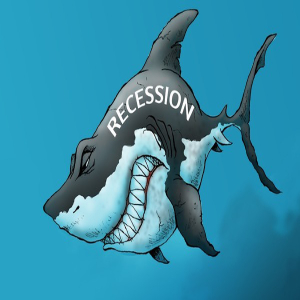
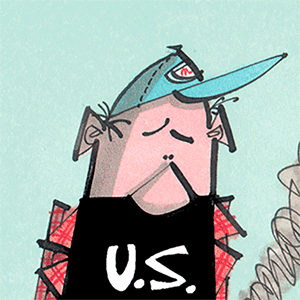
Comments